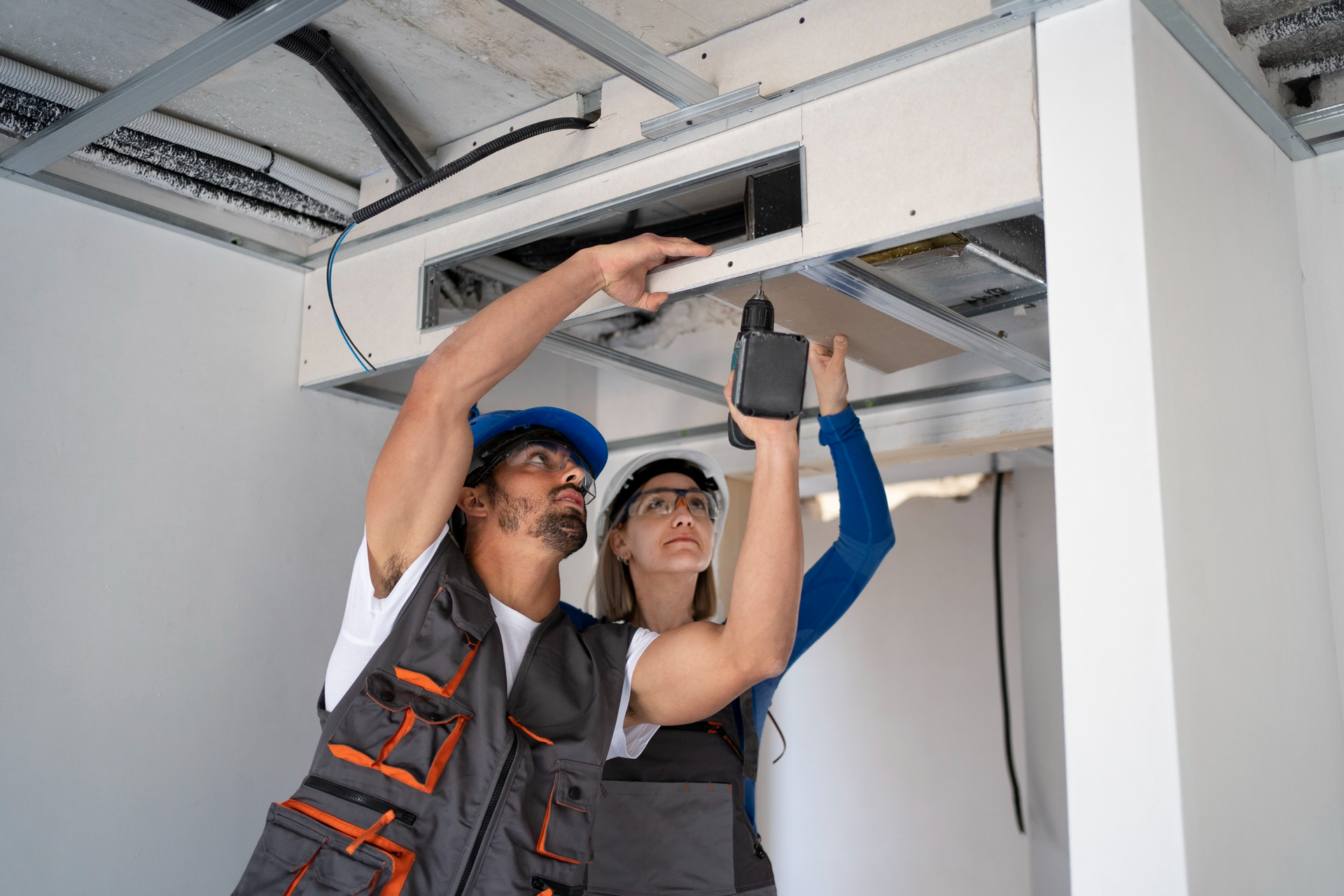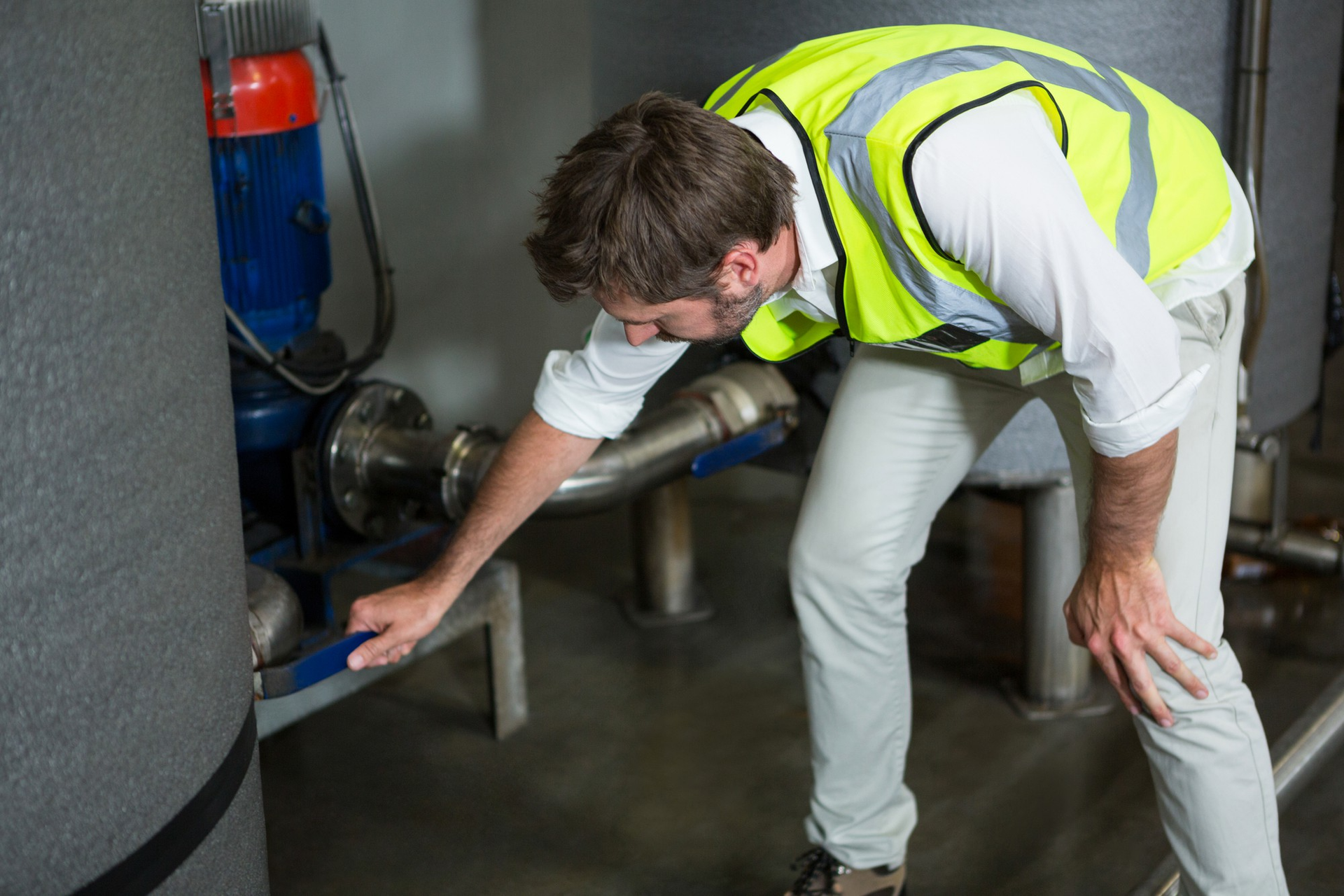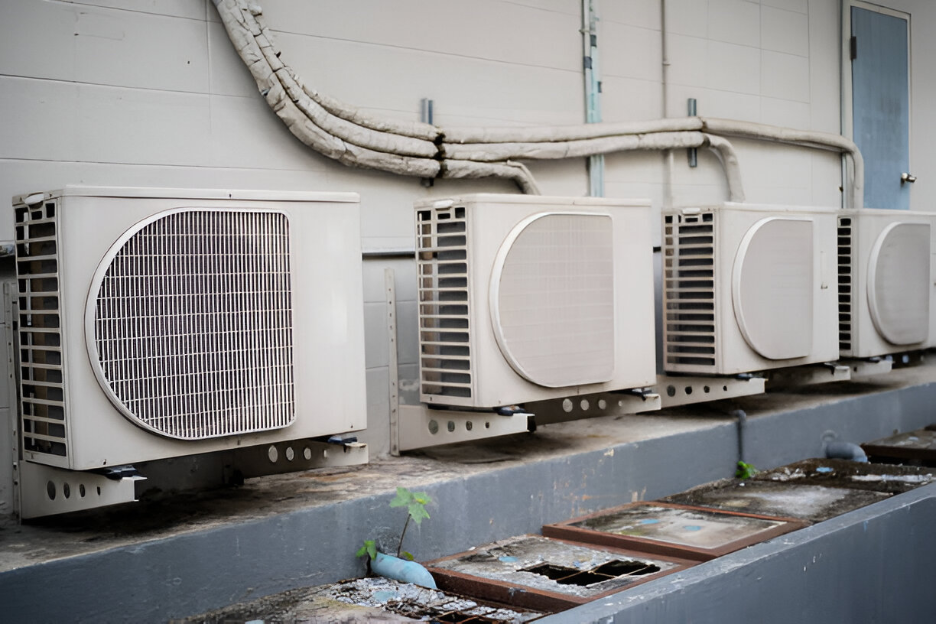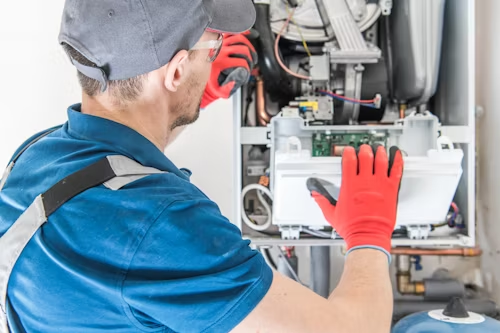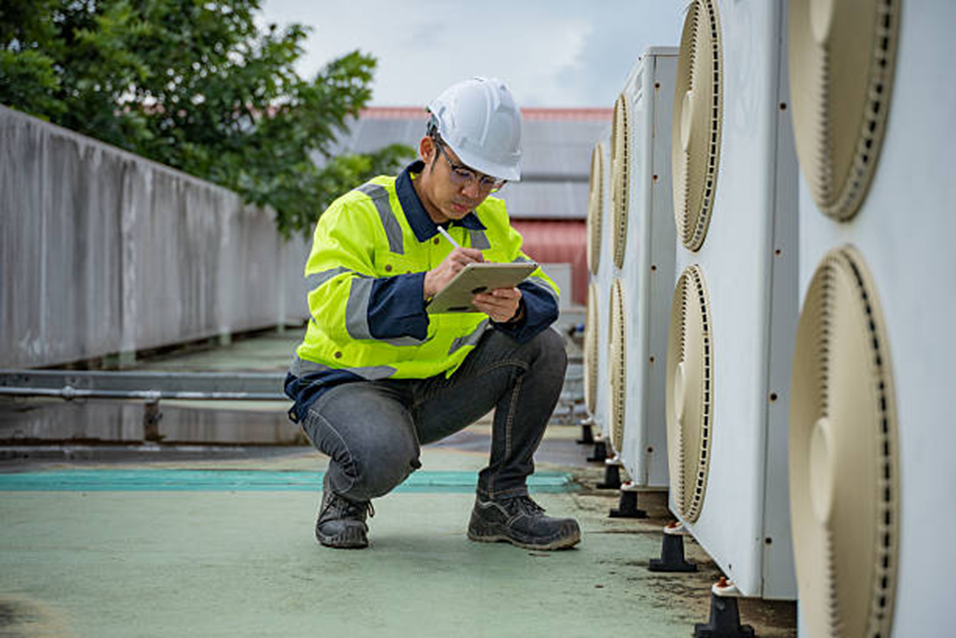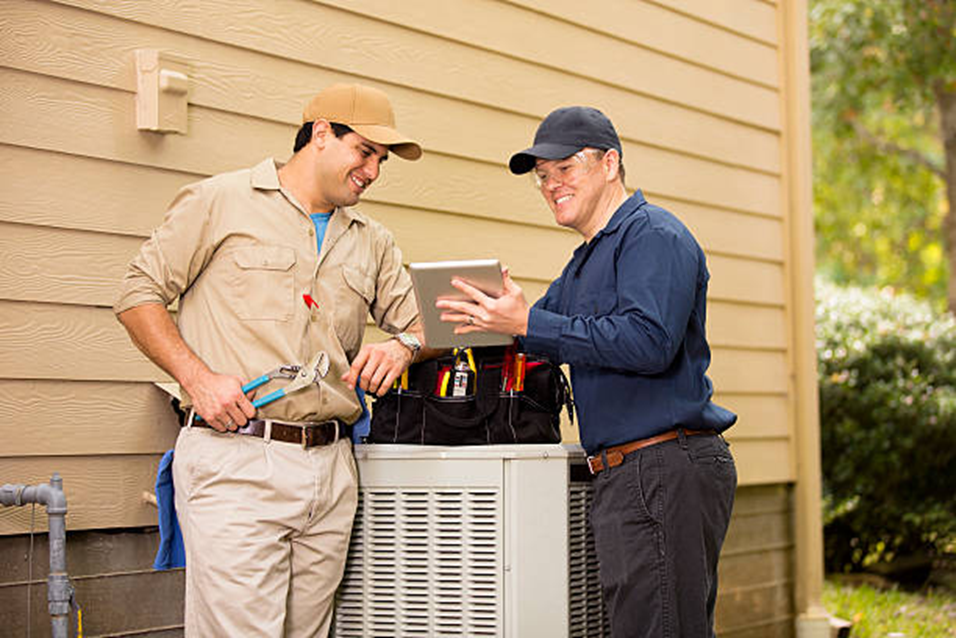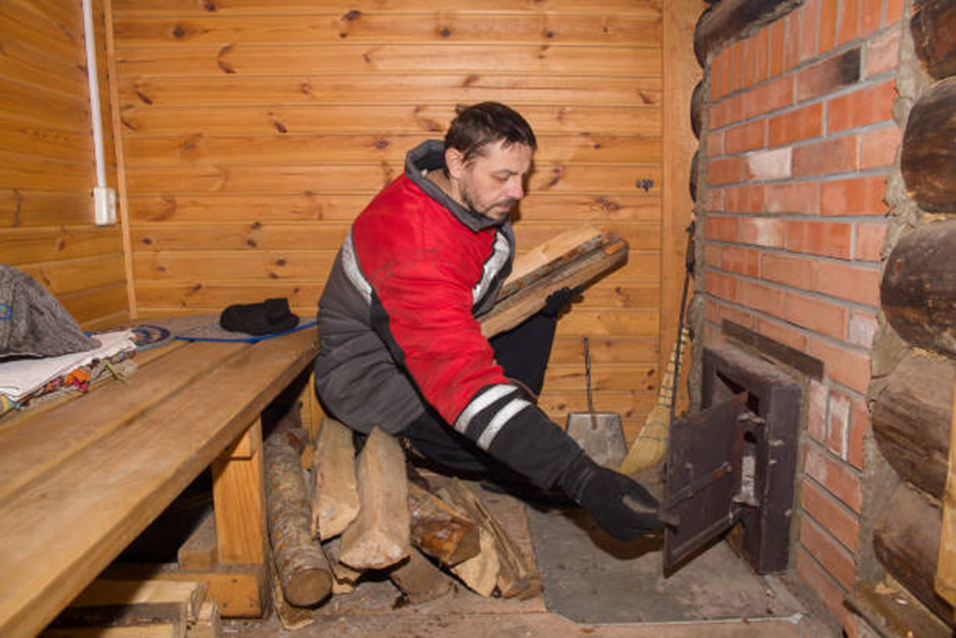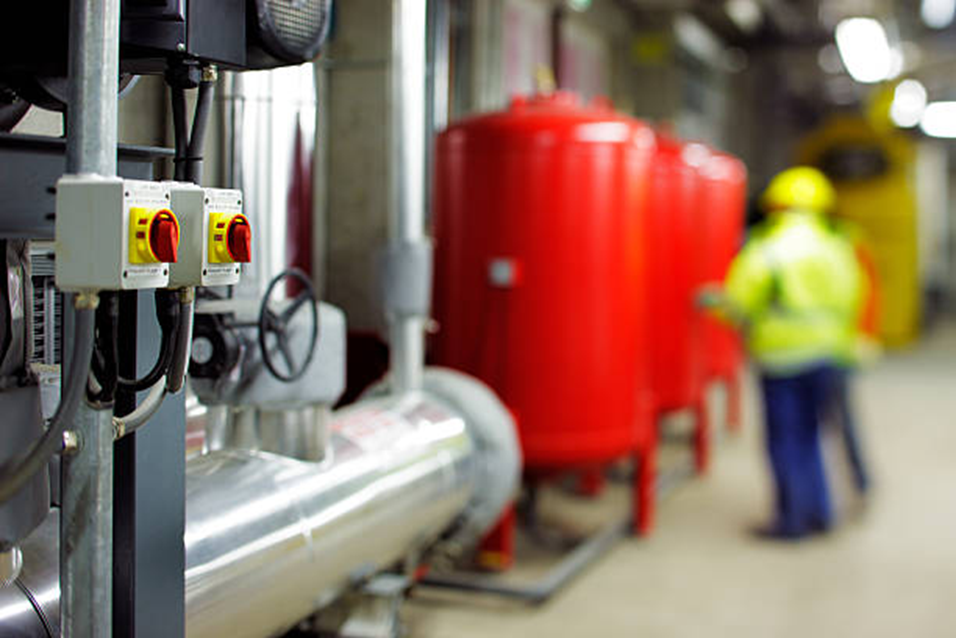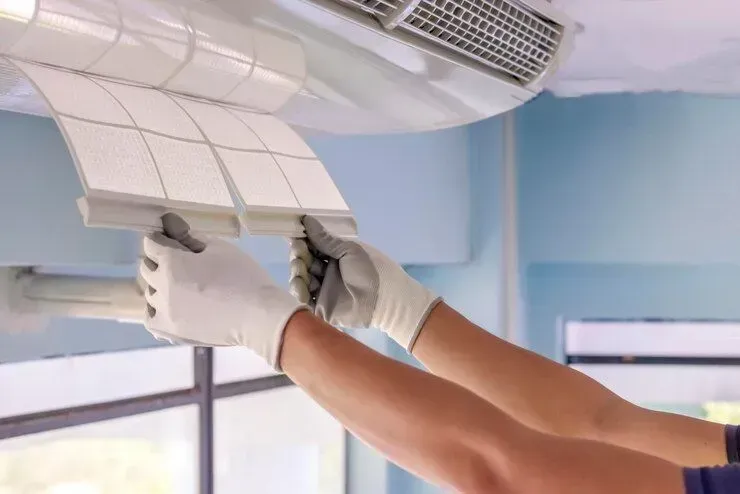5 HVAC Tips to Lower Energy Costs in Your Long Island Office
Running a business in Long Island comes with its share of expenses—but your energy bill doesn’t have to be one of your biggest concerns. Commercial HVAC systems are often one of the largest energy consumers in an office building, especially during the summer and winter months. However, there are several practical and affordable ways to lower commercial HVAC energy usage in your Long Island office without sacrificing comfort or performance.
At www.longislandhvachero.com, we help local business owners and property managers optimize their HVAC systems for maximum efficiency and long-term savings. Below, we share five powerful strategies to help reduce your building’s energy costs and improve overall HVAC performance.
1. Install Programmable or Smart Thermostats
One of the easiest ways to lower your HVAC energy consumption is by upgrading to programmable or smart thermostats. These modern devices allow you to set specific temperature schedules based on your business hours, helping you avoid unnecessary heating or cooling during evenings, weekends, and holidays.
Benefits of Smart Thermostats for Commercial Buildings:
- Precise Temperature Control: Set it and forget it—your system will automatically adjust.
- Remote Access: Control temperature settings from your phone or computer.
- Energy Reporting: View usage data to identify cost-saving opportunities.
- Integration with Other Systems: Many smart thermostats integrate with building automation systems.
On Long Island, where weather patterns can vary widely from season to season, programmable thermostats are a smart investment for keeping your office climate comfortable and cost-efficient.
Pro tip: Check with your local utility provider or visit www.longislandhvachero.com to learn about available rebates on qualifying thermostat upgrades.
2. Implement HVAC Zoning Systems
Zoning your HVAC system involves dividing your office into different areas or “zones” that can be heated or cooled independently. Each zone has its own thermostat, allowing you to control temperatures more efficiently based on usage patterns.
For example, a conference room that’s rarely used doesn’t need the same level of cooling as a high-traffic reception area. By implementing zoning, you reduce strain on your HVAC system and eliminate energy waste in underutilized spaces.
Why Zoning Works for Long Island Offices:
- Offices with multiple floors or large square footage benefit from customized comfort.
- Older buildings with inconsistent insulation can be more efficiently managed with zoning.
- Sun-facing zones can be managed separately for optimal energy use.
Zoning not only lowers your commercial HVAC energy usage, but it also boosts employee comfort—especially important in open-plan offices or buildings with varying heat loads.
Need help with zoning design? Reach out to the professionals at www.longislandhvachero.com to assess your layout and recommend a custom solution.
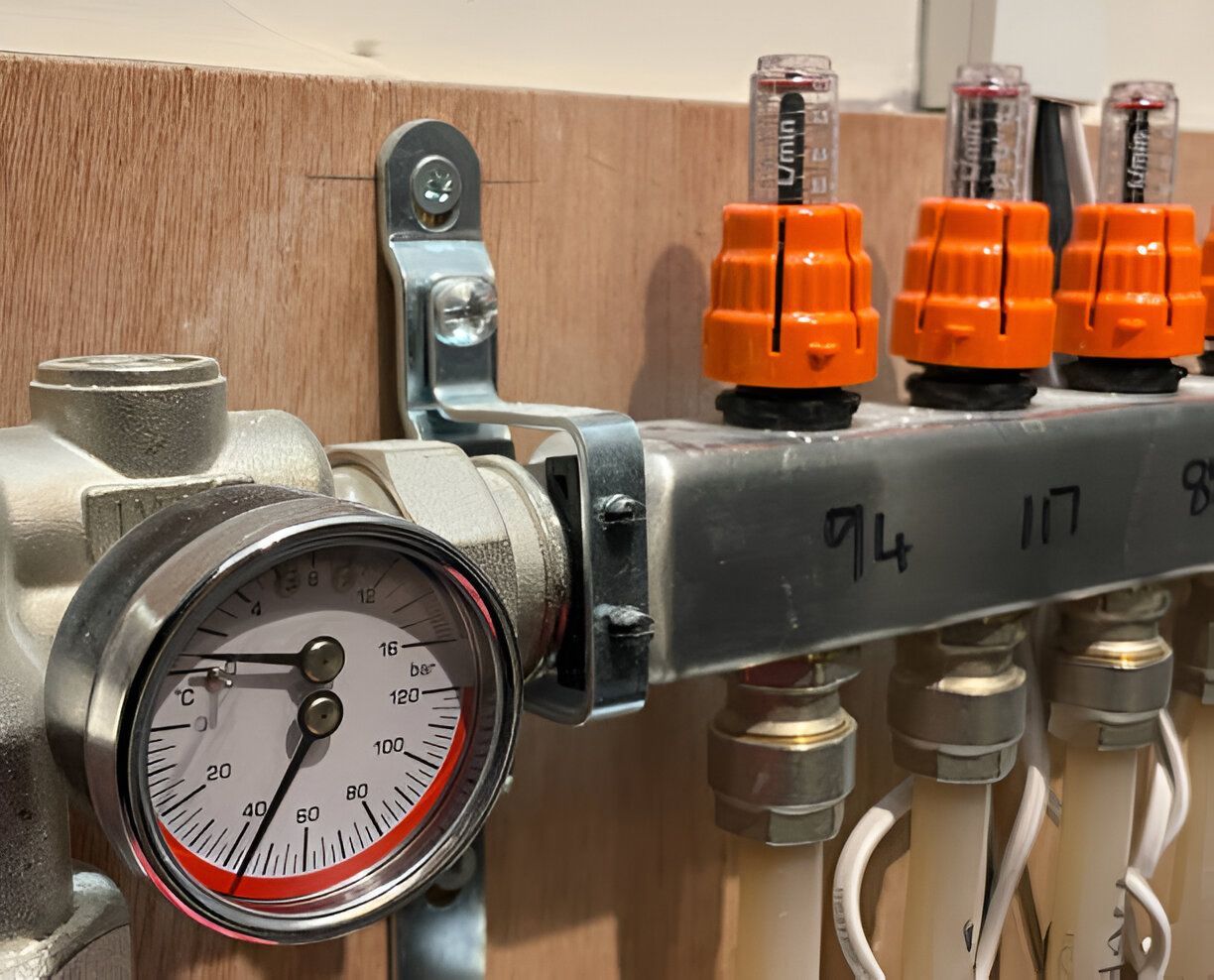
3. Prioritize Preventive HVAC Maintenance
Preventive maintenance is one of the most overlooked yet essential strategies for reducing HVAC energy costs. A poorly maintained system must work harder to achieve the same results, leading to energy waste, breakdowns, and reduced lifespan.
Key Maintenance Tasks for Commercial HVAC Systems:
- Replace filters regularly (monthly or quarterly depending on use)
- Clean coils and blower components
- Check refrigerant levels
- Calibrate thermostats
- Inspect ductwork for leaks or damage
By sticking to a routine maintenance schedule, your HVAC system will operate at peak performance year-round. And in Long Island’s humid summers and cold winters, that efficiency directly impacts your bottom line.
At www.longislandhvachero.com, we offer commercial HVAC maintenance plans tailored to your building’s unique needs. Our certified technicians ensure your system remains clean, efficient, and compliant with local regulations.
4. Seal and Insulate Ductwork
Did you know that leaky ductwork can reduce your HVAC system’s efficiency by up to 30%? That’s right—wasted air in your ventilation system could be driving up your energy bills without you even knowing it.
Common Signs of Duct Problems:
- Uneven heating or cooling across different rooms
- Unusual odors or dust accumulation
- Hissing or whistling sounds from ducts
- Sudden spikes in energy costs
Properly sealed and insulated ductwork prevents conditioned air from escaping, helping your HVAC system work smarter, not harder. In colder months on Long Island, insulated ducts also prevent heat loss, keeping your office warm without overworking your furnace.
Tip: Schedule a duct inspection through www.longislandhvachero.com to identify leaks, gaps, or improperly connected duct segments and receive a plan for repairs or upgrades.
5. Use Heat Recovery Systems
Heat Recovery Ventilation (HRV) systems capture heat from stale exhaust air and reuse it to preheat incoming fresh air. In commercial settings, especially those with high ventilation requirements, this process can significantly reduce heating energy costs.
Benefits of Heat Recovery Ventilation Systems:
- Lower heating and cooling loads
- Improved indoor air quality
- Energy savings without sacrificing ventilation
- Compliance with modern energy codes
HRVs are especially effective in Long Island office buildings that operate year-round or have high occupancy rates. They're ideal for medical offices, multi-tenant properties, or buildings that require constant ventilation.
Interested in adding a heat recovery system? Contact www.longislandhvachero.com for design, installation, and energy rebate opportunities.
Bonus Tip: Take Advantage of Local Energy Incentives
Many Long Island businesses are unaware of the available energy efficiency incentives and rebates for upgrading commercial HVAC systems. Through programs offered by PSEG Long Island and NYSERDA, business owners can receive financial assistance for implementing energy-saving improvements.
These incentives can cover:
- Smart thermostat installations
- HVAC system upgrades
- Duct sealing
- Energy audits
By combining smart upgrades with rebates, the return on investment becomes even more attractive. At www.longislandhvachero.com, we help property managers navigate the incentive process and maximize their energy efficiency improvements.
Conclusion
Lowering your commercial HVAC energy usage doesn’t require massive renovations or huge upfront investments. By implementing these five simple strategies—smart thermostats, zoning, preventive maintenance, duct sealing, and heat recovery systems—you can take meaningful steps toward reducing your office’s energy costs.
Operating a business on Long Island already has its challenges—don’t let high HVAC bills add to your worries. For expert advice, system assessments, or custom energy-saving solutions, visit www.longislandhvachero.com and schedule a consultation with our experienced commercial HVAC team.
Frequently Asked Questions (FAQs)
How much can I really save by upgrading my commercial HVAC system?
Depending on the upgrades made (thermostats, ductwork, maintenance), most businesses see energy savings of 10–30% annually. When combined with energy incentives, the payback period can be surprisingly short.
What’s the best time to perform HVAC maintenance in Long Island?
Spring and fall are ideal, as these are transitional seasons when your system isn’t under heavy use. Preventive maintenance during these times prepares your HVAC unit for peak seasons.
Is zoning worth it for small office spaces?
Yes. Even in smaller spaces, zoning allows for better comfort control and can prevent unnecessary energy waste in low-use areas like storage rooms or unused offices.
How do I know if my ducts are leaking?
Look out for inconsistent temperatures, high energy bills, or visible gaps in ductwork. A professional inspection through www.longislandhvachero.com can confirm any issues.
Are there government programs that help cover HVAC upgrades?
Absolutely. Programs like NYSERDA and PSEG Long Island offer rebates and financial incentives for businesses upgrading to energy-efficient HVAC equipment.
